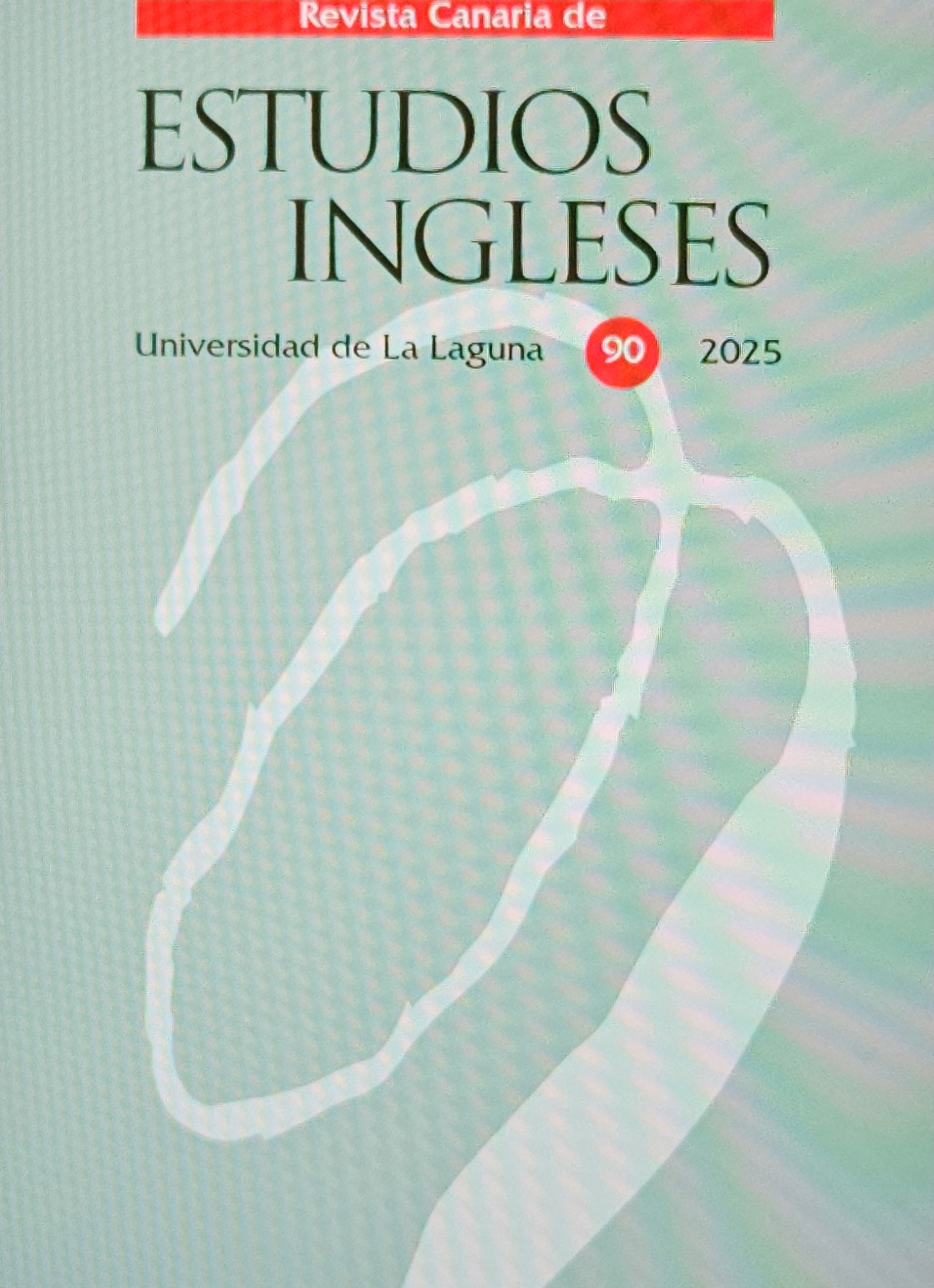“Black Fish, BlackFish, What do you See?” Looking at the Faces of Orcas in Animal Advocacy Documentary Film
Abstract
Animal advocacy documentaries have, in the last decades, established themselves as an identifiable subgenre of their own with strategic conventions such as featuring the gaze of the nonhuman animal “looking back” for moral shock and ethical purposes. This article examines the problematic gaze and face of a particular species, the orca, with regards to such convention, and sets out to analyze how Gabriela Cowperthwaite’s Blackfish (2013) and William Neal’s Long Gone Wild (2019) deal with the representation of orca faces, gazes, and bodies within their wider structural dichotomy of captivity and wilderness. To do so, the article first explores representations of orcas in fictional films and how they are connected to the wider context of the marine park industry. It then turns to the issue of facial representation and the image of interspecies bonding in the documentaries, and points out the editing strategies that determine the central role of the films’ interviewees as guides in
the meaning-making process of orca faces and bodies.



